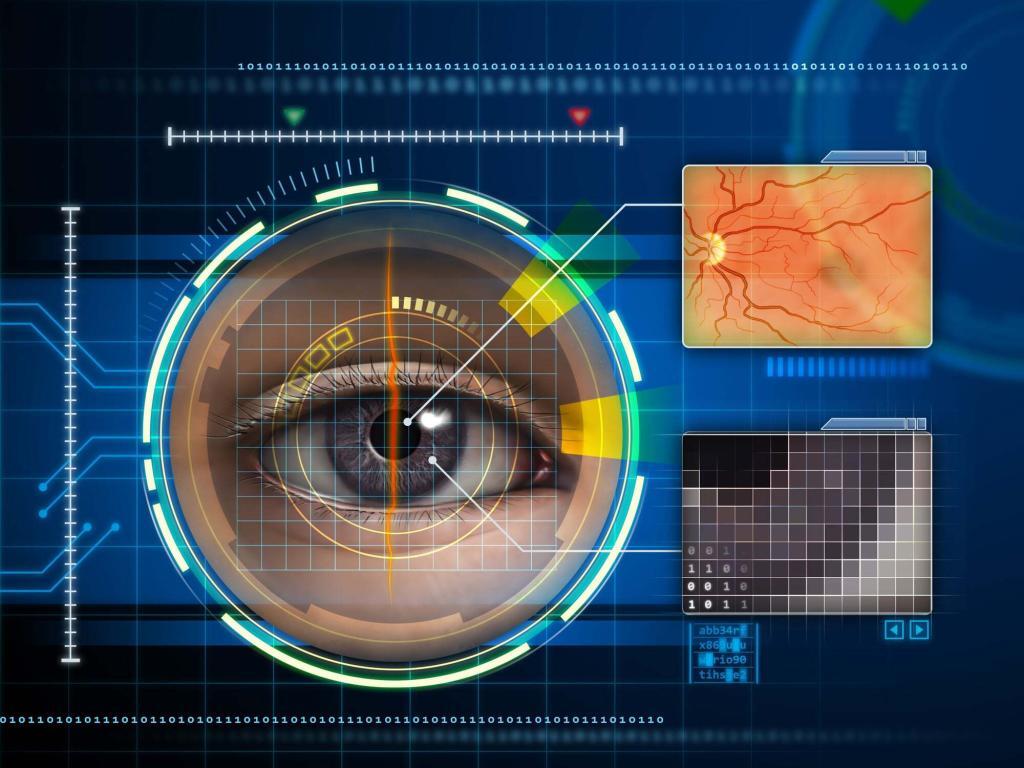Scanning Electron Microscopy
Electron Microscope (SEM) is a powerful technique for examining and analysing the surface properties and features of a wide range of materials. By generating high-resolution images at the nanoscale, SEM has transformed multiple fields, including materials science, biology, and archaeology. This essay delves into the fundamental principles of SEM, its key components, and diverse applications.
Basic Principles of SEM
Scanning Electron Microscopy relies on the interaction between a focused electron beam and the specimen under investigation. The primary electron beam, produced by an electron gun, is accelerated and focused onto the sample surface using a series of electromagnetic lenses. When the electron beam strikes the surface, it generates various signals, including secondary electrons, backscattered electrons, and characteristic X-rays. By detecting these signals, SEM can generate high-resolution images and reveal valuable information about the sample’s topography, composition, and crystallographic structure.
Key Components of the Scanning Electron Microscopy
- The electron gun generates a stream of primary electrons. There are two main types of electron guns: thermionic and field emission. Thermionic guns use a heated filament of tungsten or lanthanum hexaboride to emit electrons through thermionic emission. On the other hand, field emission guns use a sharp metallic tip and a strong electric field to generate electrons via field emission. As a result, field emission guns offer higher brightness and smaller probe sizes, resulting in higher-resolution images.
- Electromagnetic Lenses control the path of the electron beam, enabling it to focus on a specific point in the specimen. A series of condenser lenses initially focus the beam, while the objective lens refines the focus and forms the final image.
- Detectors collect the signals generated by the electron beam and sample interaction. The most common are secondary electron detectors (SED) and backscattered electron detectors (BSED). SEDs collect secondary electrons, which are mainly responsible for high-resolution topographical images. BSEDs detect backscattered electrons, which provide information on the sample’s atomic number and composition.
In biological research, SEM examines cellular structures, tissue organisation, and the morphology of microorganisms. It enables scientists to study cellular interactions, cell surface features, and tissue ultrastructure.
You are here:
home » scanning electron microscopy



